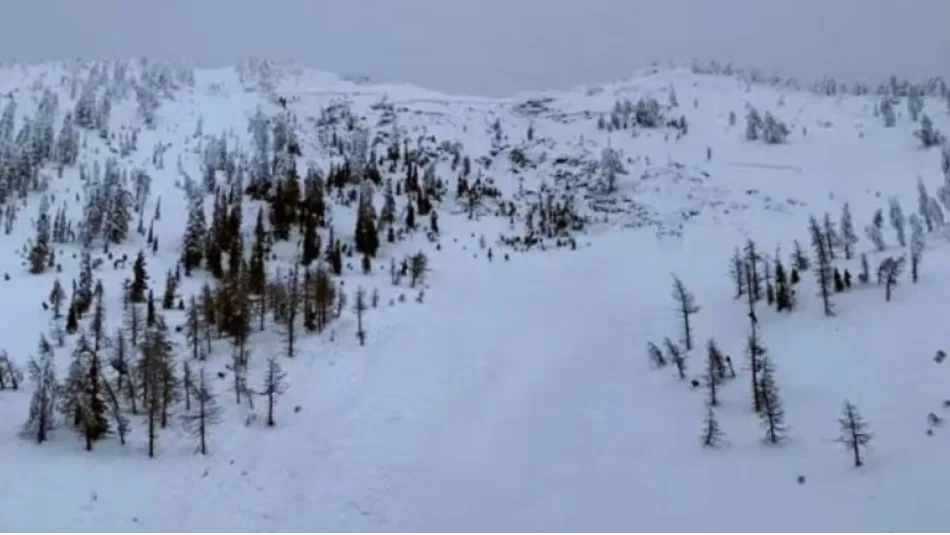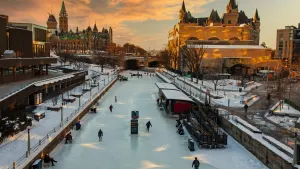
Snowpack a 'house of cards,' warns Avalanche Canada after fatality
A backcountry avalanche in southeastern British Columbia that killed an off-duty police officer and injured another comes at a time when Avalanche Canada says the snowpack across much of Western Canada is unusually weak.
The not-for-profit organization based in Revelstoke, B.C., warned Sunday that lengthy periods of drought late into last year and cold weather starting in November have contributed to weak layers in B.C.'s snowpack, making it more vulnerable to avalanches.
"Everywhere in British Columbia, every slope right now is suspect," said Grant Helgeson, a senior forecaster with Avalanche Canada.

RELATED: Atmospheric river or atmospheric treadmill? Why B.C.'s rain is going nowhere
Nelson police identified the officer who died as Const. Wade Tittemore, 43, a married father of two who had been with the force for four years after moving from Calgary.
The second officer, Const. Mathieu Nolet, 28, remains in critical condition in an intensive care unit.
Tittemore and Nolet were skiing near Empire Cabin, northwest of Kaslo, B.C., when the avalanche struck around noon Monday and swept the men away in a "bowl-type area," NPD Chief Donovan Fisher said.
Avalanche Canada rated the slide that caught the officers as Size 3 — big enough to destroy cars or small buildings.
"It wasn't like a super dangerous, gnarly slope," Helgeson said. "Too often, when you think of avalanche fatalities, you think of big risk-takers, and that's not what these folks were doing out there."
He says the problem would've been the "very dangerous," unpredictable snowpack.
"It really is a house of cards at this point," he said. "It's really hard to trust anything."
Avalanche Canada said in a post on its website that some professionals are comparing this year's snowpack to 2003, "which was one of the worst years on record for avalanche fatalities.''
In January of that year, Craig Kelly, one of the best professional snowboarders at the time, was one of seven people killed in an avalanche on the Durrand Glacier near Revelstoke.
A month later, seven high school students died after being caught in an avalanche in southeastern B.C.
'Time to chill out'
On Monday night, the avalanche danger rating for the region around Kaslo was at Level 3 on its five-point scale, meaning natural avalanches were possible and human-triggered ones were "likely."
Helgeson urges backcountry users to exercise more caution than normal and "choose conservative terrain."
"It's just time to chill out and take a step back because we don't have a good understanding of what the snowpack is capable [of] as we saw yesterday," he said.
WATCH: Could your voice trigger start an avalanche?
Search and rescue teams are urging backcountry users to train and prepare before going out in the snow.
Dwight Yochim, senior manager with the B.C. Search and Rescue Association, says anyone who enjoys B.C.'s outdoors in the winter should get training on how to identify avalanche terrain.
"Anywhere where there's a slope and snow, you can be in avalanche terrain," he said
Yochim says those heading into the backcountry should be carrying avalanche emergency equipment, including snow probes, shovels and personal locator beacons — satellite-synced devices that can send an SOS signal with your location to rescue agencies.
This article was originally published for CBC News. Contains files from Michelle Gomez and The Canadian Press.








